10 Deadliest Plants that Grow in the US
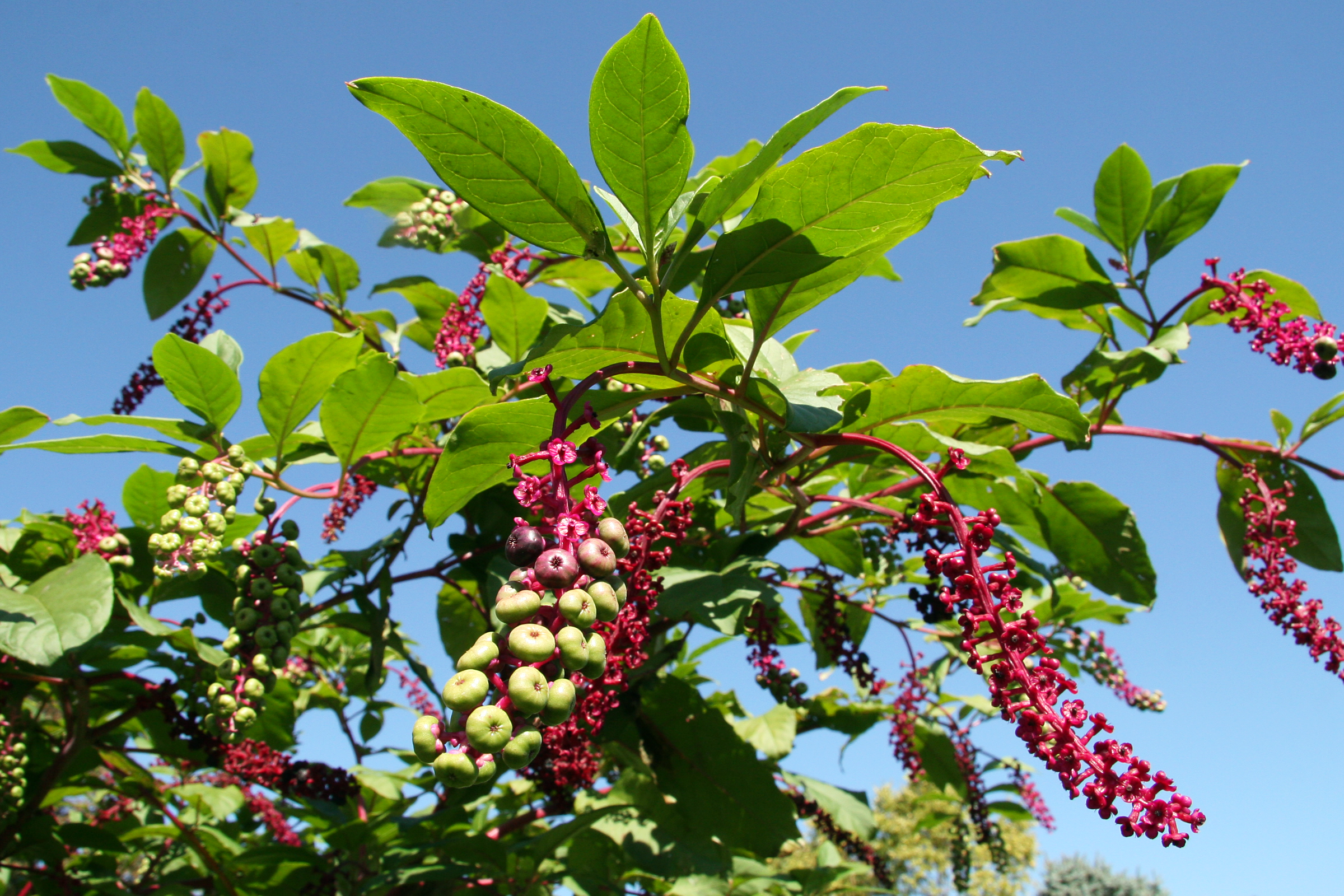
Published on March 22, 2024
The United States is home to a diverse range of flora, including many species that are not only beautiful but also potentially deadly. While the majority of plants in the US pose no significant threat to humans or animals, there are some that carry toxins powerful enough to cause serious illness or even death. This article provides a comprehensive overview of the ten deadliest plants found in the United States, discussing their identifying features, the toxins they contain, and the potential health risks they pose. Understanding these plants and respecting their potential danger is crucial for outdoor enthusiasts, pet owners, and parents alike.
1. Water Hemlock (Cicuta maculata)
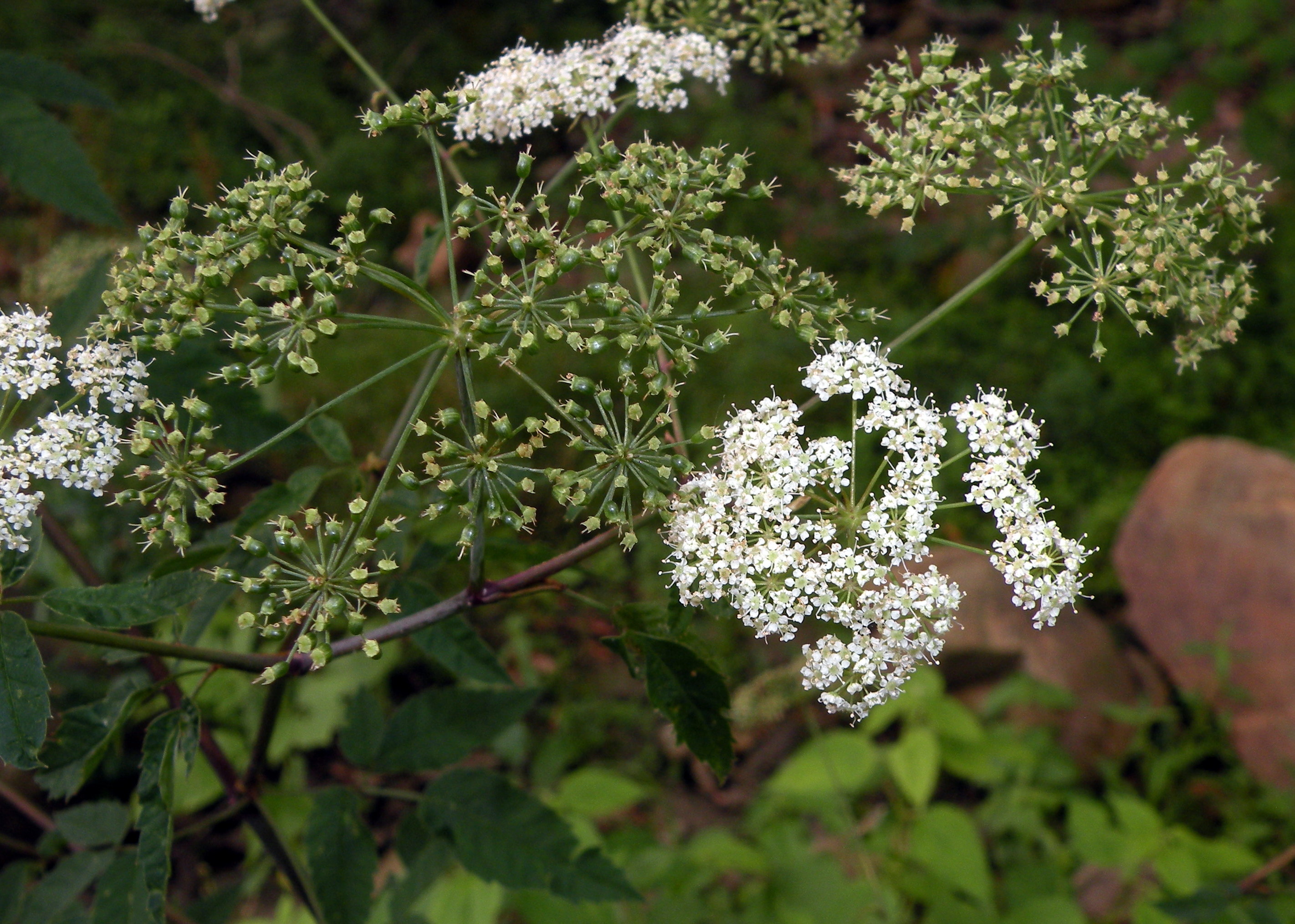
Regarded as one of the most toxic plants in North America, Water Hemlock contains cicutoxin, a potent neurotoxin. Ingestion can lead to severe symptoms, including violent convulsions and seizures, rapidly leading to respiratory failure and death. It's found near streams and in wet meadows across the continent.
2. Oleander (Nerium oleander)
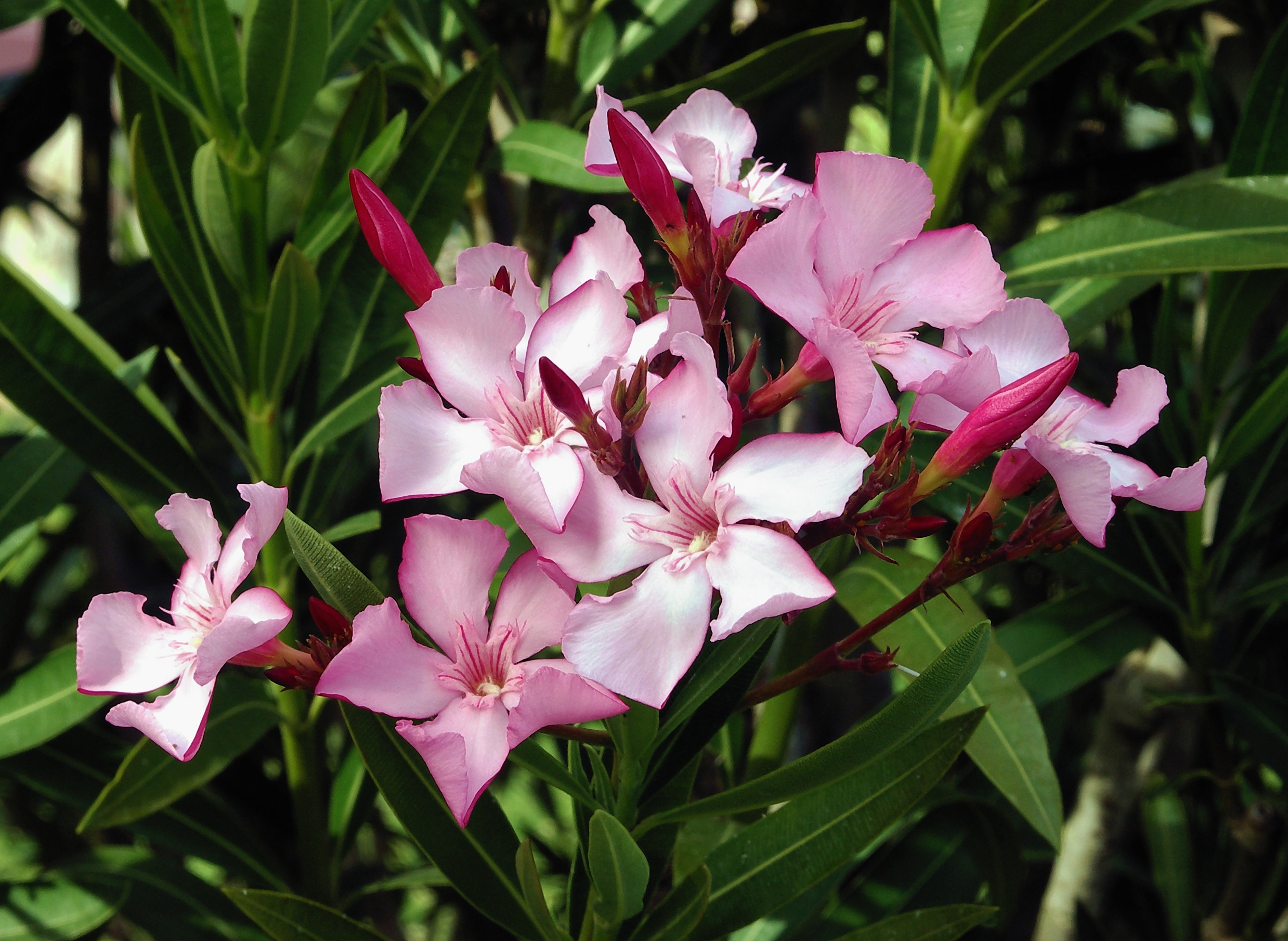
Oleander is a popular ornamental shrub, known for its beautiful flowers and deadly properties. All parts of the plant are toxic, containing compounds that can cause heart arrhythmias, gastrointestinal distress, and potentially death if ingested. Oleander poisoning is a concern in warmer states where the plant is commonly found.
3. Castor Bean (Ricinus communis)
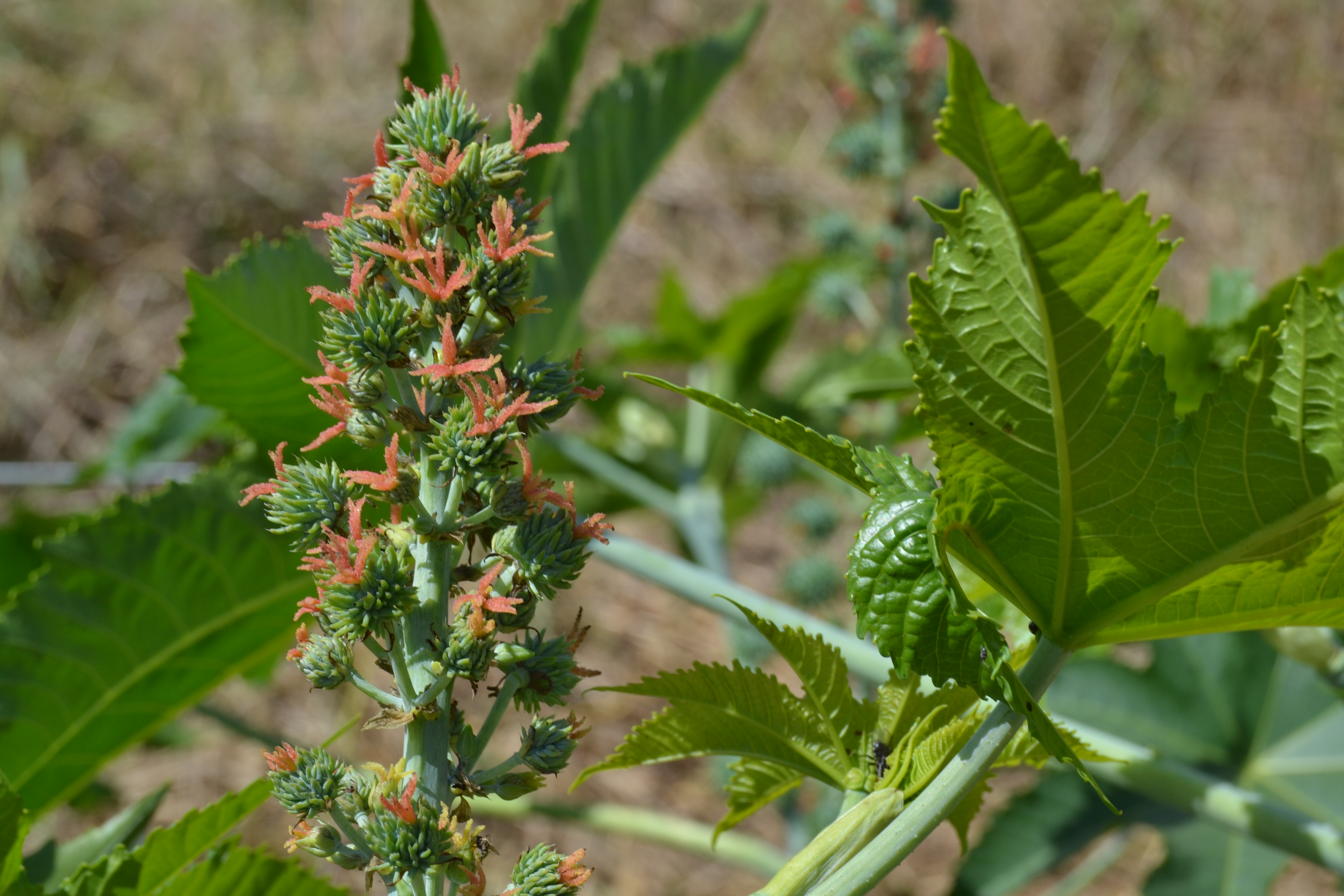
The seeds of the Castor Bean plant contain ricin, a highly toxic protein that inhibits protein synthesis, leading to cell death. Ingestion of even a single seed can be fatal to a child. The plant is grown both as an ornamental and for castor oil production, making it a common presence in many gardens.
4. Deadly Nightshade (Atropa belladonna)
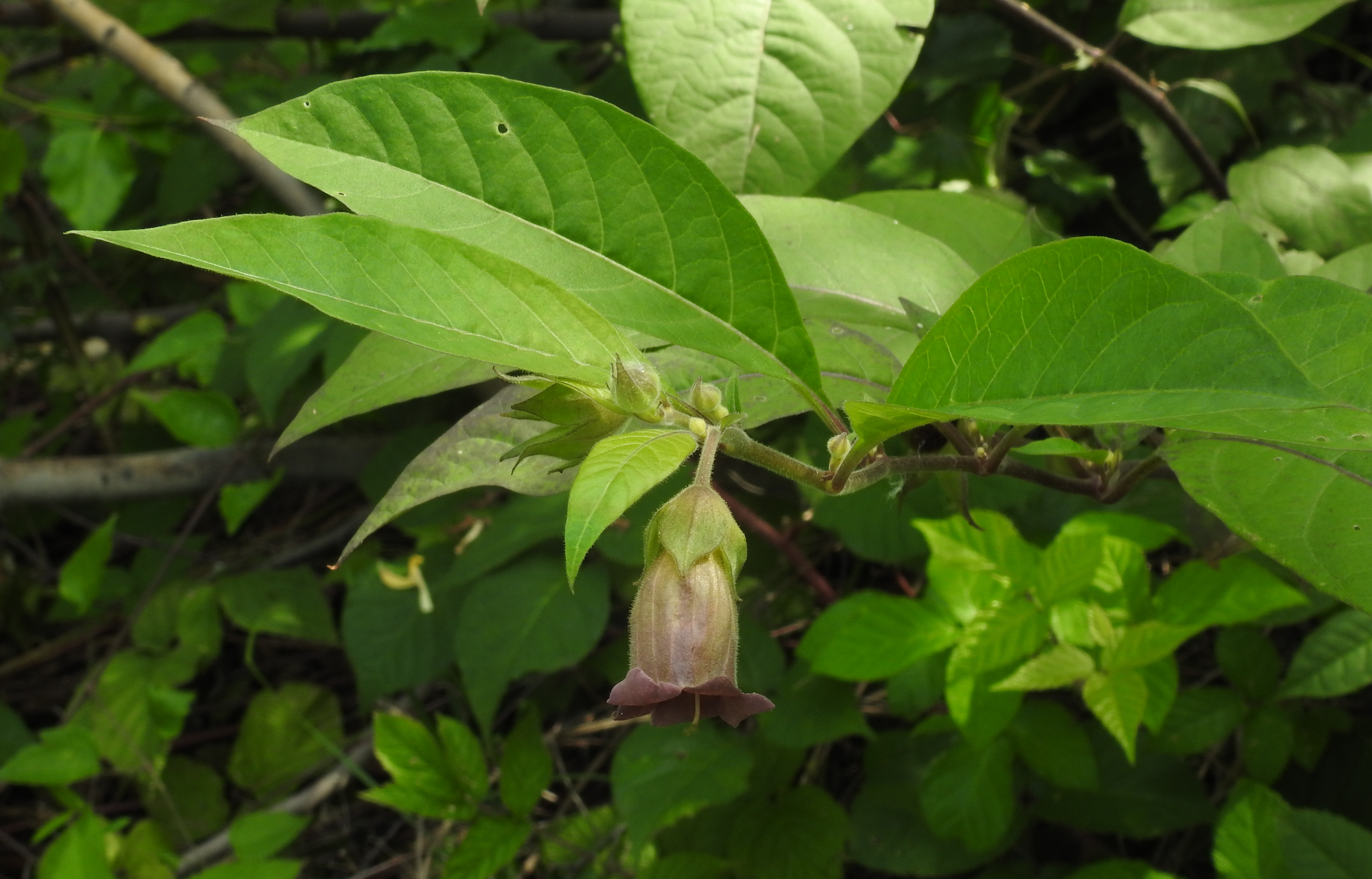
Deadly Nightshade, also known as belladonna, contains tropane alkaloids, including atropine and scopolamine. These compounds disrupt neurotransmission, leading to delirium, hallucinations, and if ingested in sufficient quantities, death. The plant is native to Europe but can be found in parts of the US, particularly in shaded, wooded areas.
5. Jimson Weed (Datura stramonium)
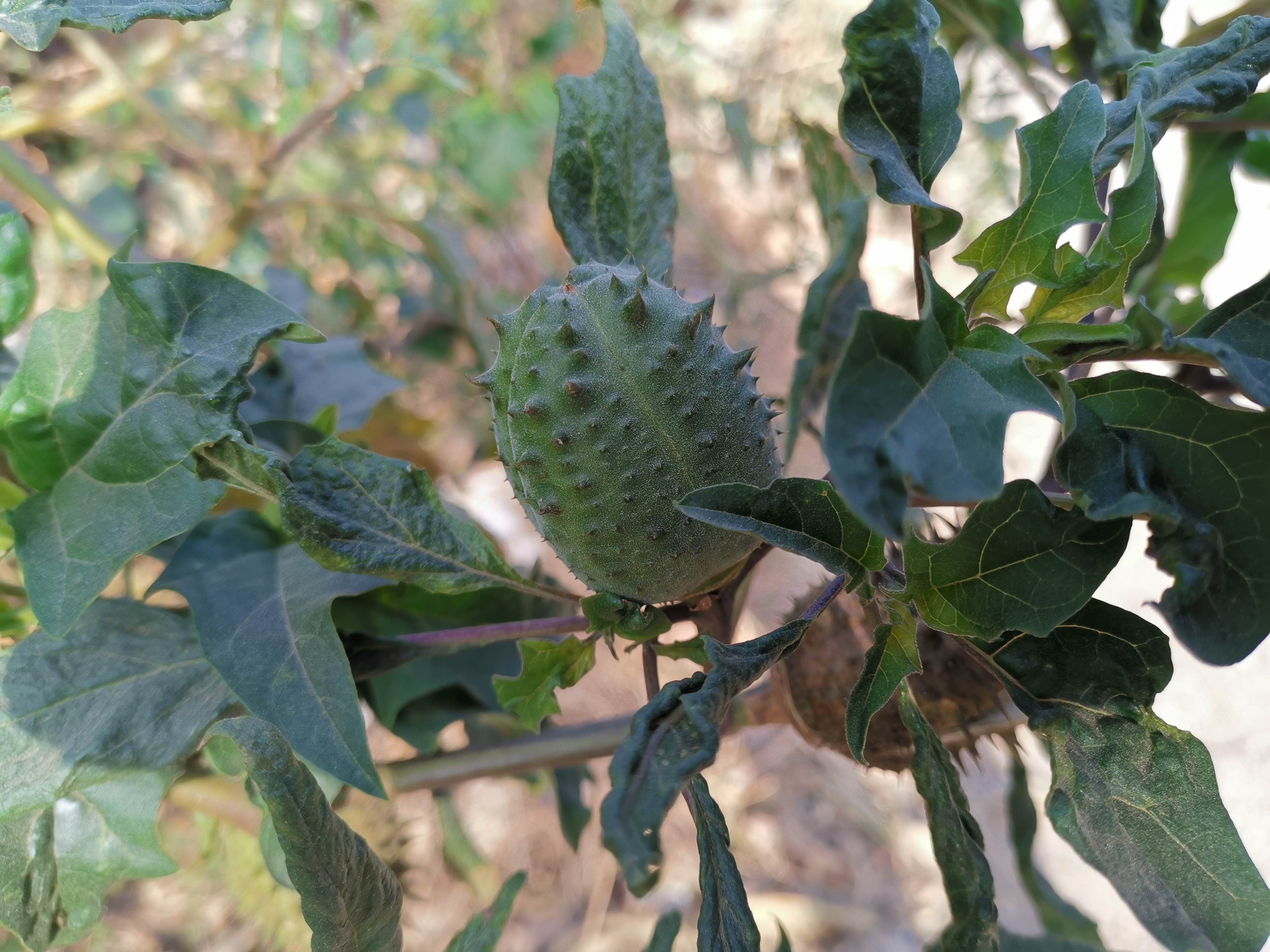
Jimson Weed, or Datura, is a common weed with a notorious history of causing delirious states and poisonings. It contains the same tropane alkaloids as Deadly Nightshade, affecting the central nervous system. Ingestion can result in fever, hallucinations, and potentially fatal heart rate and blood pressure issues.
6. Foxglove (Digitalis purpurea)
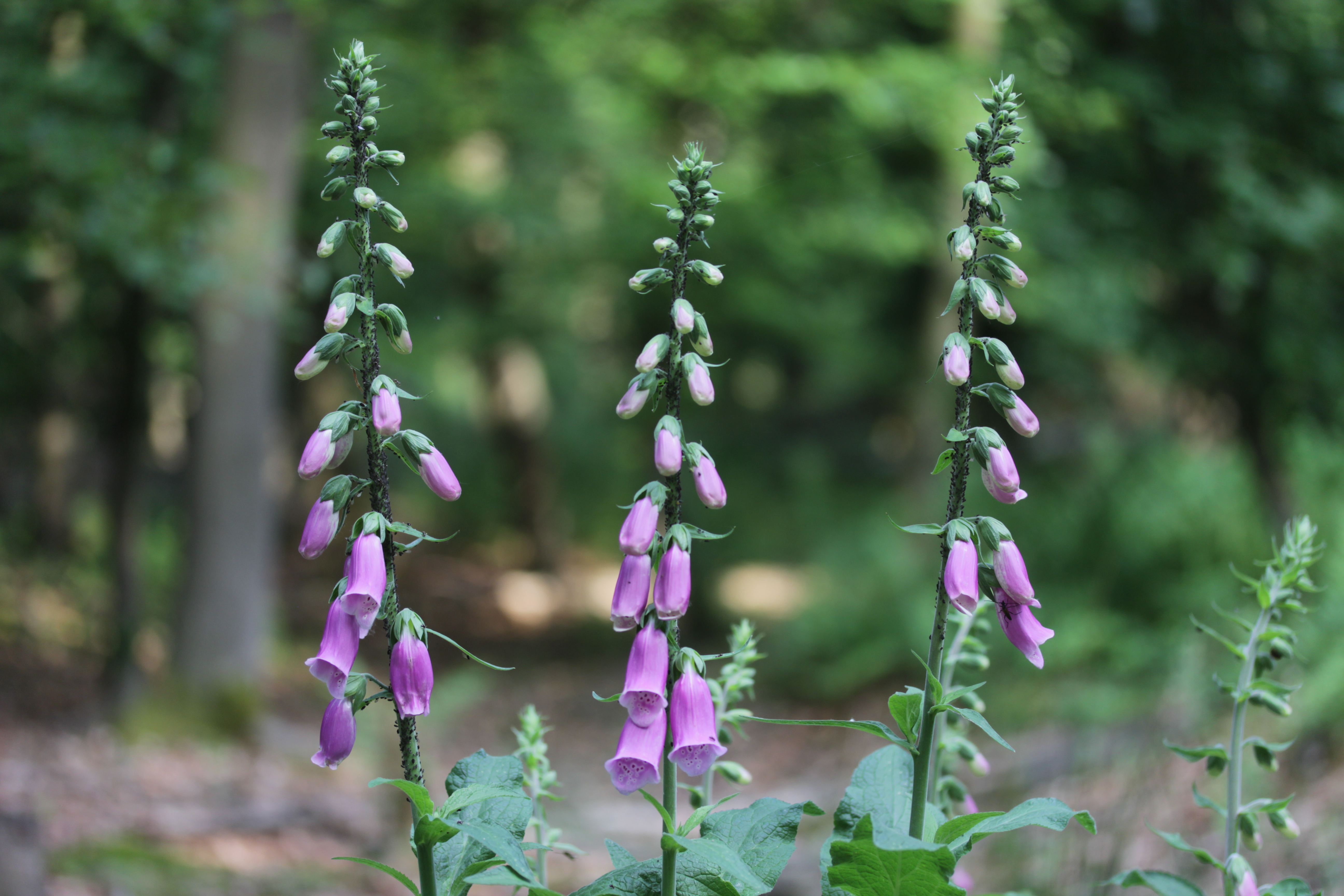
Foxglove is known for its stunning flowers and for being the source of the heart medication digoxin. However, accidental ingestion of the plant can cause digoxin toxicity, leading to nausea, dizziness, cardiac arrhythmias, and potentially death. Foxglove is found in gardens and wild in several regions of the US.
7. White Snakeroot (Ageratina altissima)
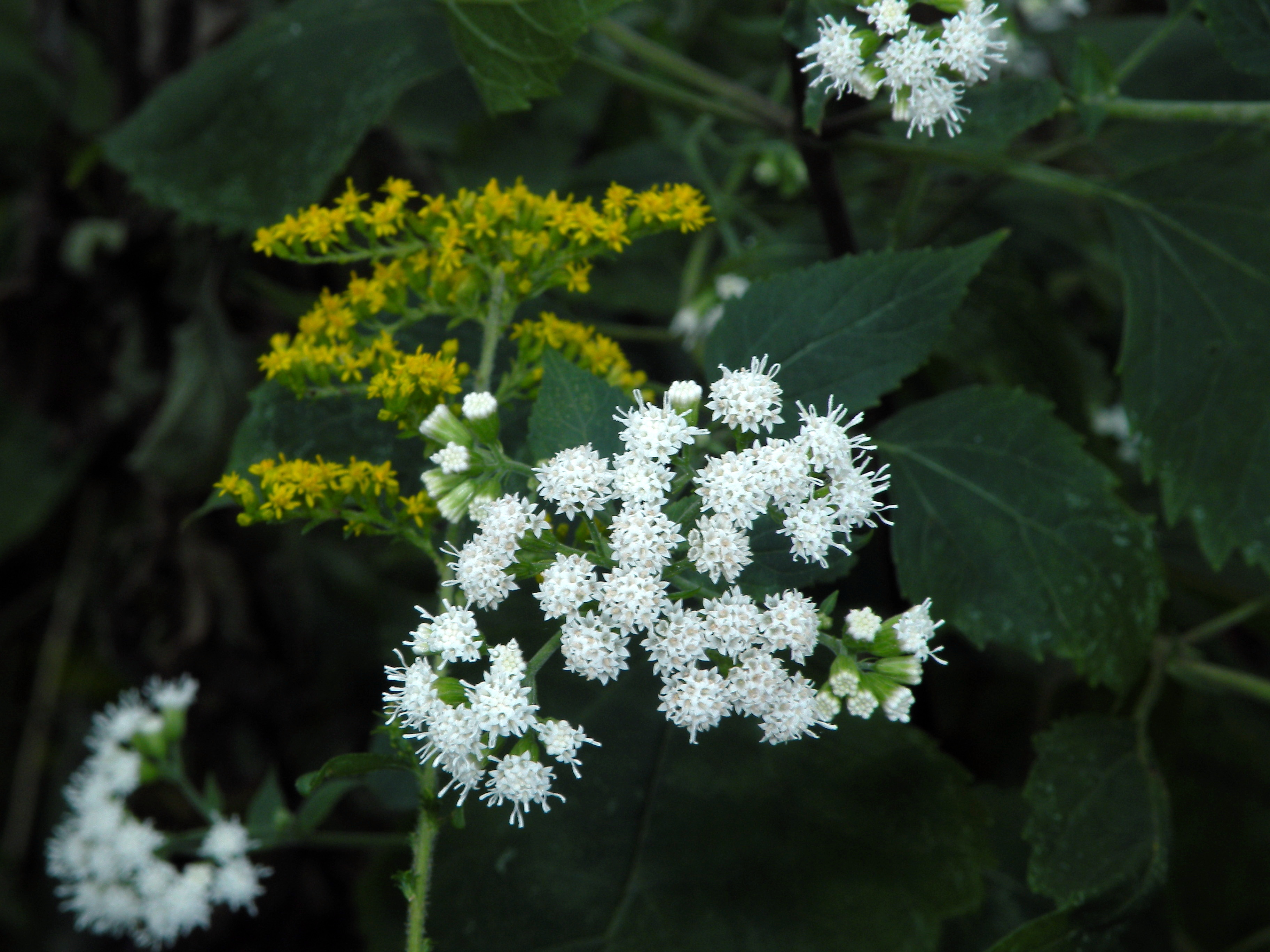
White Snakeroot contains tremetol, a toxic alcohol that caused "milk sickness" in the early 19th century, leading to many deaths, including Abraham Lincoln’s mother. The plant is characterized by clusters of small white flowers and is common in wooded areas of the eastern US.
8. Pokeweed (Phytolacca americana)
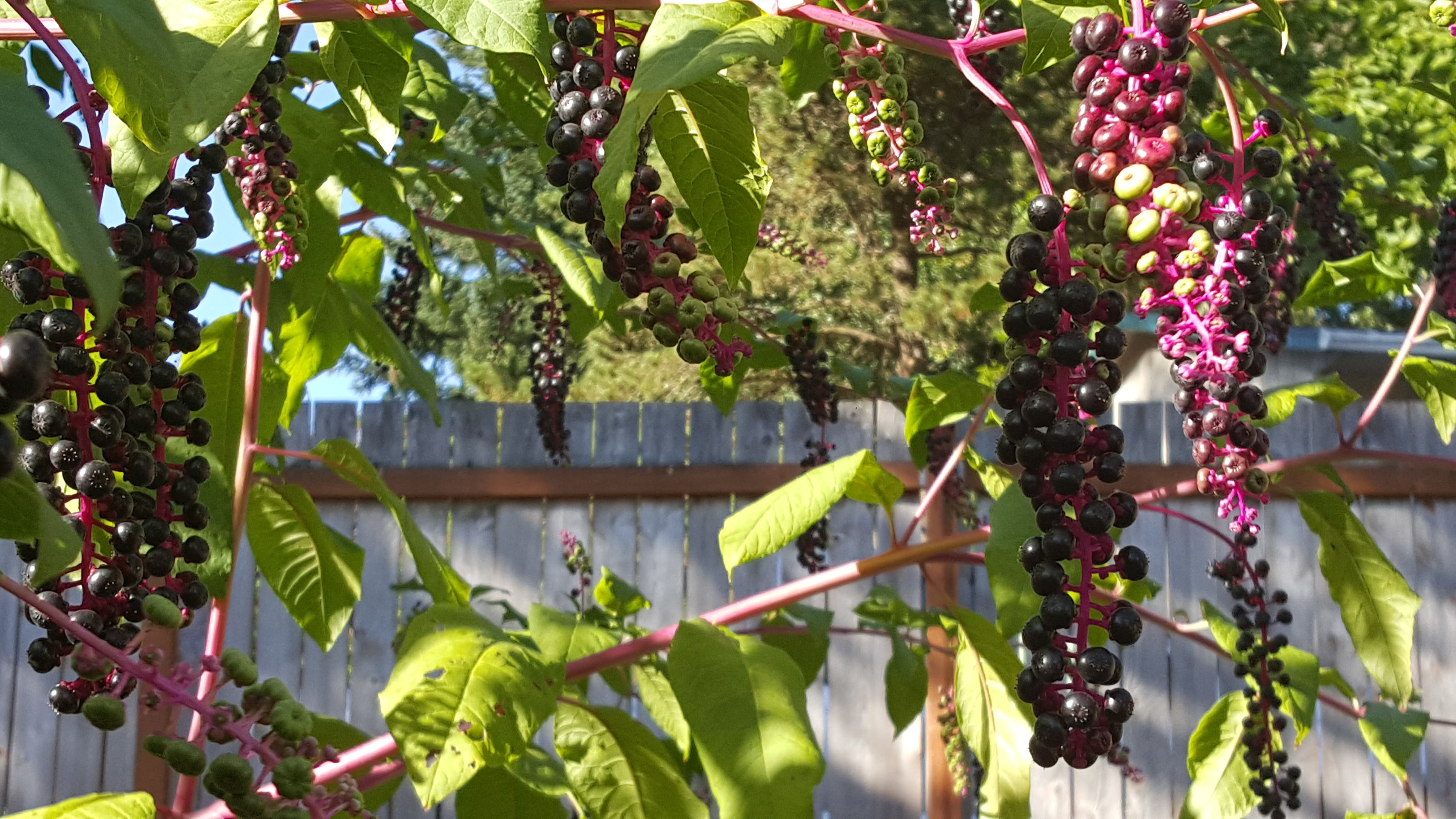
Pokeweed is a native American plant that grows in many parts of the country. All parts of the plant, especially the roots, are toxic, containing saponins and other compounds that can cause nausea, vomiting, respiratory distress, and even death if consumed in large amounts.
9. Autumn Crocus (Colchicum autumnale)
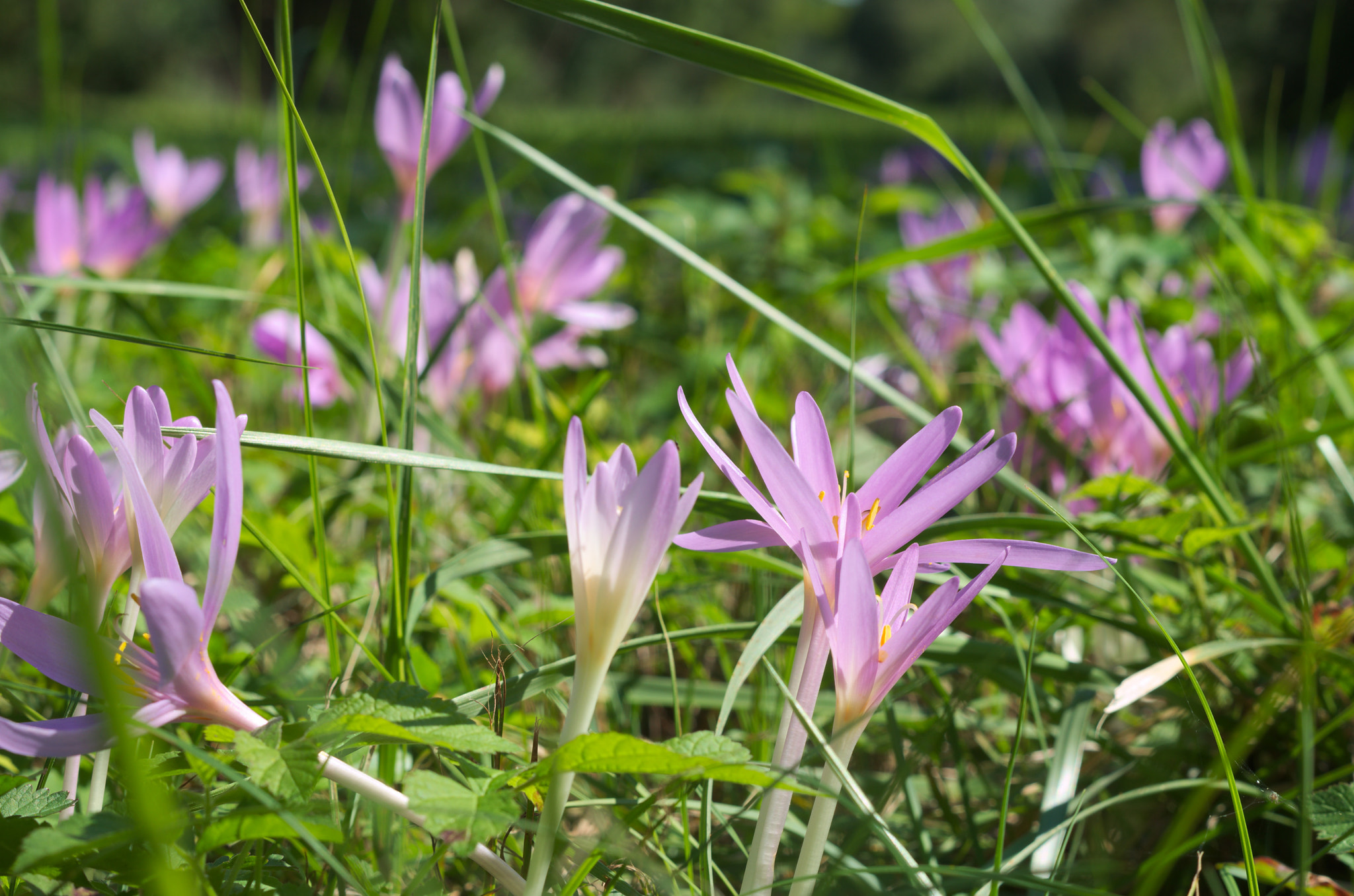
The Autumn Crocus resembles harmless wildflowers but contains colchicine, a powerful toxin. Ingestion can lead to severe gastrointestinal distress, multi-organ failure, and death. The plant's similarity to edible plants makes it particularly dangerous.
10. Mountain Laurel (Kalmia latifolia)
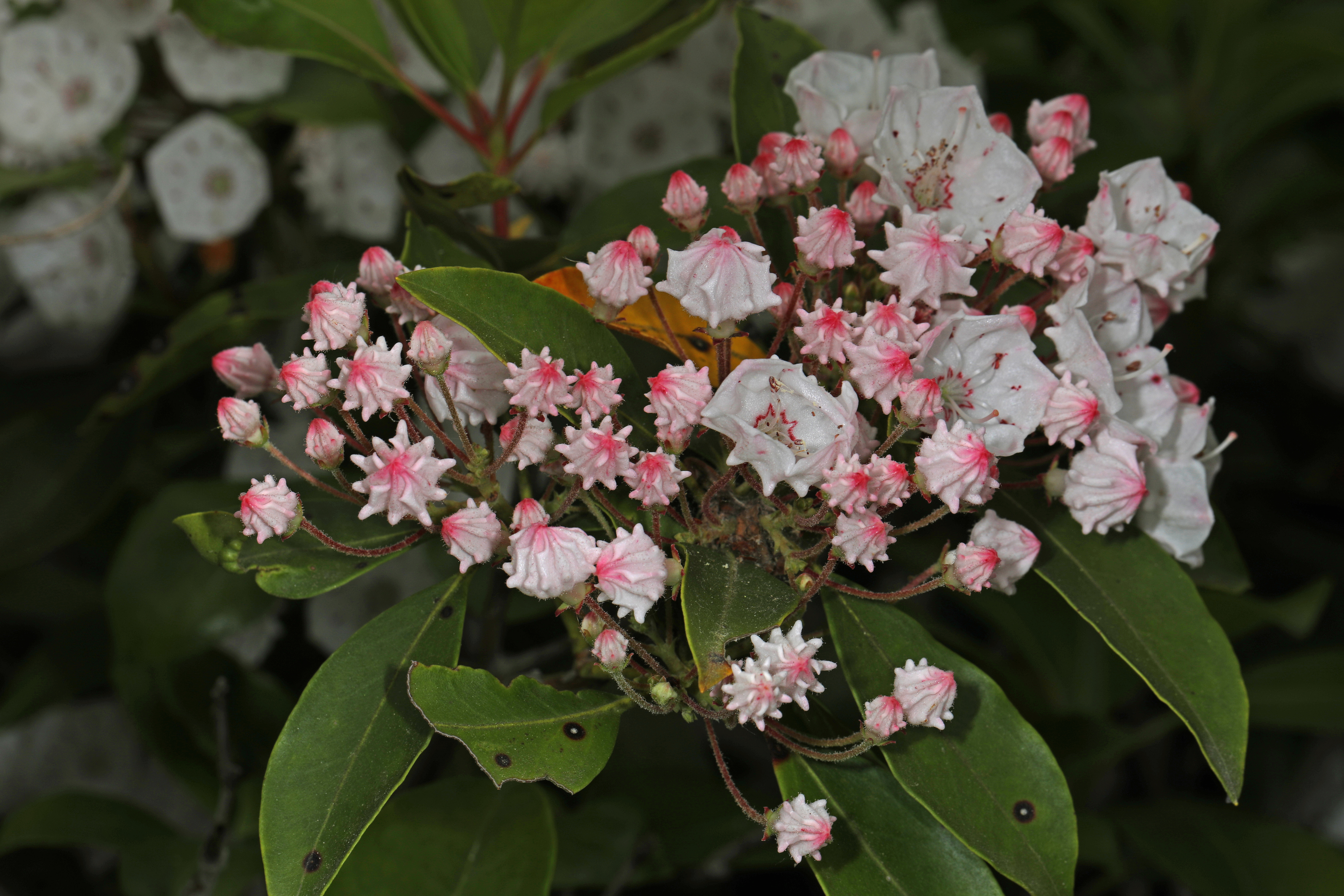
Mountain Laurel, common in the eastern US, contains grayanotoxins, which affect sodium channels in cells. Ingestion can lead to drooling, vomiting, weakness, and cardiac complications. Despite its allure, every part of the plant is toxic.
The Takeaway
The beauty of nature often masks the inherent dangers within. The plants listed above represent some of the deadliest flora found in the United States. Knowledge and caution are vital when encountering these species, whether in the wild or in domestic settings. While cases of severe poisoning are relatively rare, the potential for harm underscores the importance of educating oneself about the natural world. If you suspect poisoning from any of these plants, it is critical to seek medical attention immediately. Remember, the great outdoors is to be enjoyed, but respect for nature's power is paramount to safe exploration.
Category: World Facts